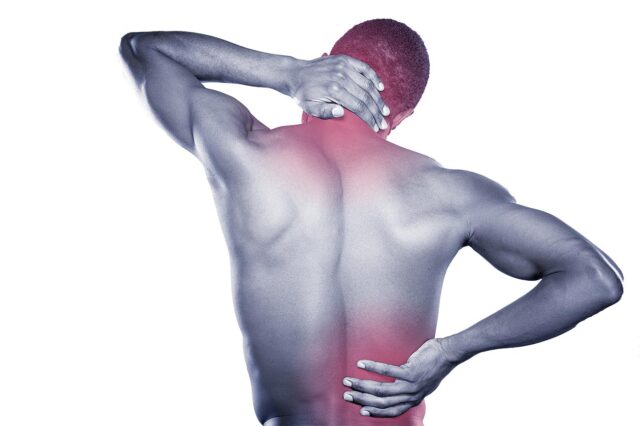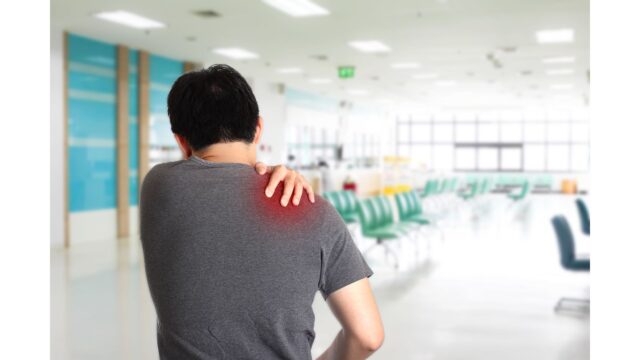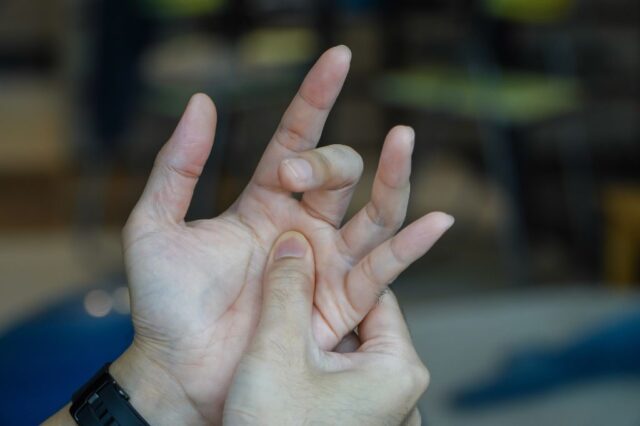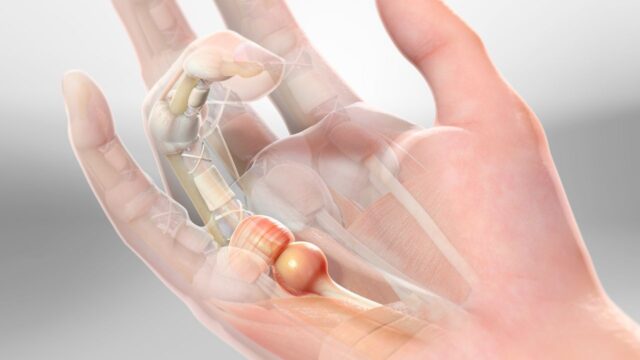Understanding Hamstring Tendon Pain
Hamstring tendon pain is a common issue that affects people from all walks of life. While many think of hamstring injuries as problems that only athletes experience, this condition can also impact individuals with more sedentary lifestyles. Hamstring tendons are responsible for attaching the large hamstring muscles at the back of the thigh to the pelvis and lower leg bones. When these tendons become irritated or injured, pain can occur near the hip, thigh, or behind the knee.
Because the hamstrings play a vital role in walking, running, and bending the knee, tendon problems can limit both daily activities and athletic performance. Recognizing the signs early and addressing the discomfort promptly can help prevent the pain from worsening.

Why Do People Experience Hamstring Tendon Pain?
People develop hamstring tendon pain for different reasons. Athletes in sports such as sprinting, football, or cycling often place high stress on the hamstrings, making them prone to overuse injuries. At the same time, individuals who spend long hours sitting may also experience tightness in the hamstrings, which increases strain on the tendons.
Examples include:
- A runner feeling sharp pain at the back of the thigh during acceleration.
- A footballer struggling with discomfort near the sit bone after repeated kicks.
- An office worker experiencing aching pain in the upper hamstring after long periods of sitting.
As these examples show, hamstring tendon pain can affect both active and sedentary individuals.
What Causes Hamstring Tendon Pain and What Are the Symptoms?
Causes of Hamstring Tendon Pain:
- Overuse injuries: Repetitive stress from running, cycling, or kicking.
- Sudden movements: Sprinting or changing direction quickly can strain the tendon.
- Muscle tightness or imbalance: Weak glutes or core muscles increase the load on the hamstrings.
- Prolonged sitting: Constant pressure on the hamstring tendons while seated can irritate them.
- Previous injuries: Old hamstring strains can weaken the tendon and make reinjury more likely.
Common Symptoms of Hamstring Tendon Pain:
- Pain or aching in the buttock or thigh, especially near the sitting bone
- Sharp pain during sprinting, climbing stairs, or kicking
- Stiffness in the hamstring region after long periods of rest
- Pain that worsens after prolonged sitting
- Discomfort that improves with rest but returns during activity
Because these symptoms overlap with other hip and thigh conditions, an accurate diagnosis from a medical professional is essential.
How Do You Relieve Hamstring Tendon Pain?
Treatment for hamstring tendon pain usually focuses on non-surgical, evidence-based approaches. Dr. Dinesh provides tailored care to help patients manage discomfort, restore mobility, and safely return to their desired activities.
Common Treatment Approaches Include:
- Comprehensive Assessment
A detailed clinical evaluation ensures the pain truly originates from the hamstring tendons and not from the lower back or hip joint. Imaging may also be used to confirm the diagnosis. - Rehabilitation Exercises
Targeted stretching and strengthening exercises for the hamstrings, glutes, and core muscles can reduce tendon strain and improve resilience. - Activity Modifications
Temporary adjustments, such as reducing sprinting or high-intensity training, help protect the tendon while it recovers. - Manual Therapy and Physiotherapy
Soft tissue techniques and mobility work can ease tightness and restore balanced movement patterns. - Non-Surgical Interventions
In some cases, ultrasound-guided injections may be used to reduce irritation and support recovery. These procedures are safe, precise, and performed in a clinical setting. - Education and Prevention
Understanding body mechanics, proper warm-up routines, and gradual return-to-sport strategies can help prevent recurrence.
By addressing the root cause and following a structured care plan, most patients can recover without surgery.
Why Choose Dr. Dinesh?
Dr. Dinesh Sirisena is a fellowship-trained sports and exercise medicine doctor with years of experience managing muscle and tendon conditions. His practice emphasizes:
- Evidence-based care using safe and proven methods
- Non-surgical treatment focus to help patients avoid unnecessary operations
- Personalized advice that fits each patient’s lifestyle and activity goals
Patients trust Dr. Dinesh not only for his clinical expertise but also for his approachable style and clear explanations. Many individuals appreciate his guidance in navigating both recovery and prevention.
Take the Next Step Toward Relief
If you are struggling with hamstring tendon pain, don’t wait until it affects your daily life or limits your activity. Early care can help reduce discomfort and support long-term recovery. Dr. Dinesh provides safe and effective treatment options to help you regain comfort and mobility. Book your consultation today and take the first step toward recovery.




















